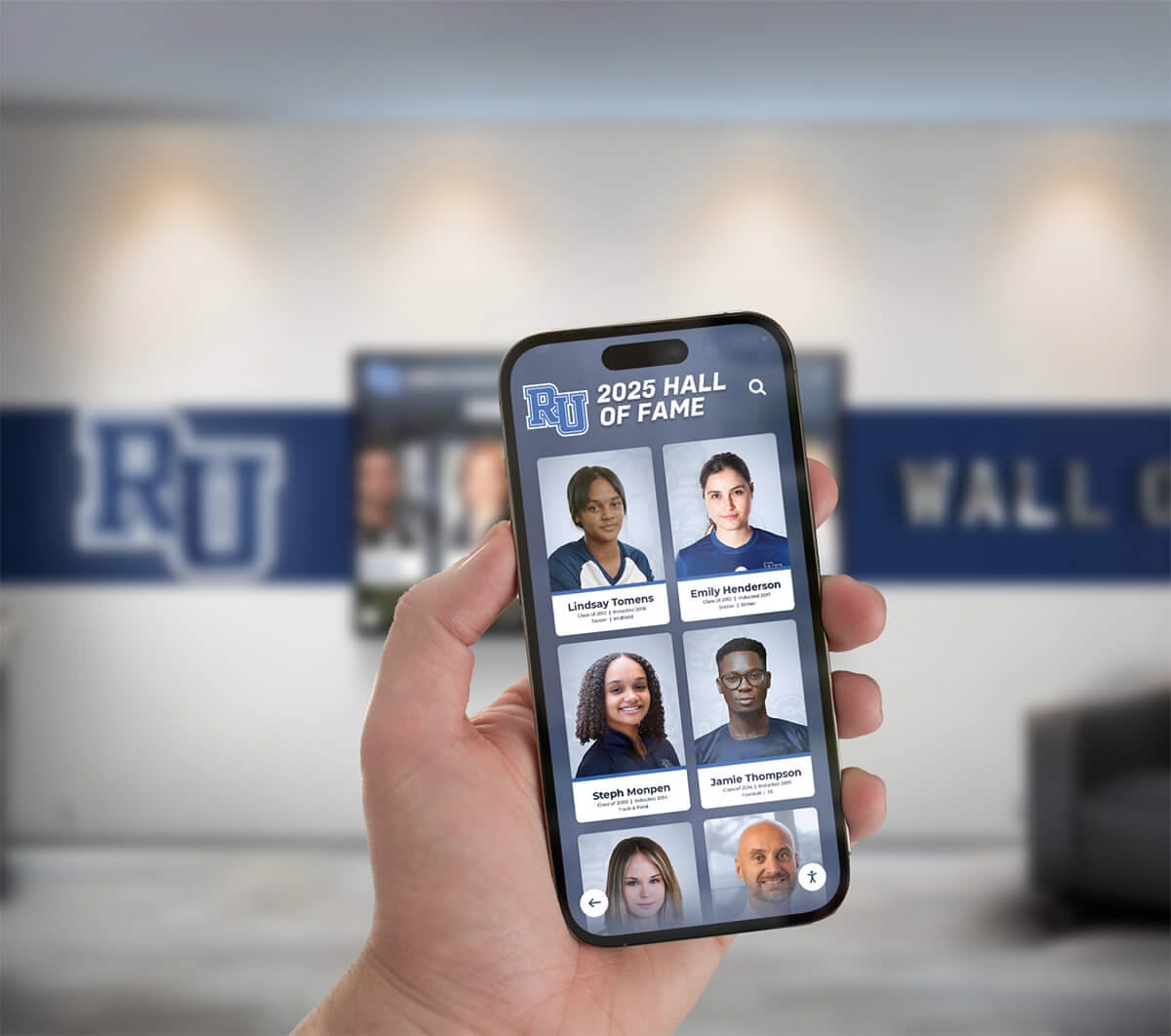Key Takeaways
Discover proven strategies to consolidate class photos into organized, searchable digital systems. Learn how schools preserve memories while making photos accessible to alumni and families.
Modern schools face a unique challenge: managing both legacy physical photos spanning decades and contemporary digital images from multiple sources. This comprehensive guide explores proven strategies for consolidating class photos, from assessing your current collection and choosing appropriate technology to implementing sustainable organization systems and making photos accessible to alumni and families. Whether you’re managing a small private school with a few decades of history or a large public institution with a century of accumulated images, these approaches help you create order from chaos while preserving irreplaceable memories.
Why Consolidating Class Photos Matters
Before diving into the mechanics of photo consolidation, understanding the strategic benefits helps justify the time and resources required for this important project.
Preserving Institutional History
Class photos document your school’s evolution across generations:
Historical Documentation:
- Visual record of changing student demographics and school growth
- Documentation of architectural changes, facilities, and campus development
- Preservation of teaching staff, administrators, and key institutional figures
- Evidence of evolving fashion, technology, and educational practices
- Foundation for centennial celebrations and historical exhibitions
Physical photographs deteriorate over time, especially when stored in less-than-ideal conditions common in school basements and storage rooms. Digitization creates permanent backups protecting against loss from fire, water damage, deterioration, or misplacement. Once digitized and properly backed up, these images can serve your school indefinitely.
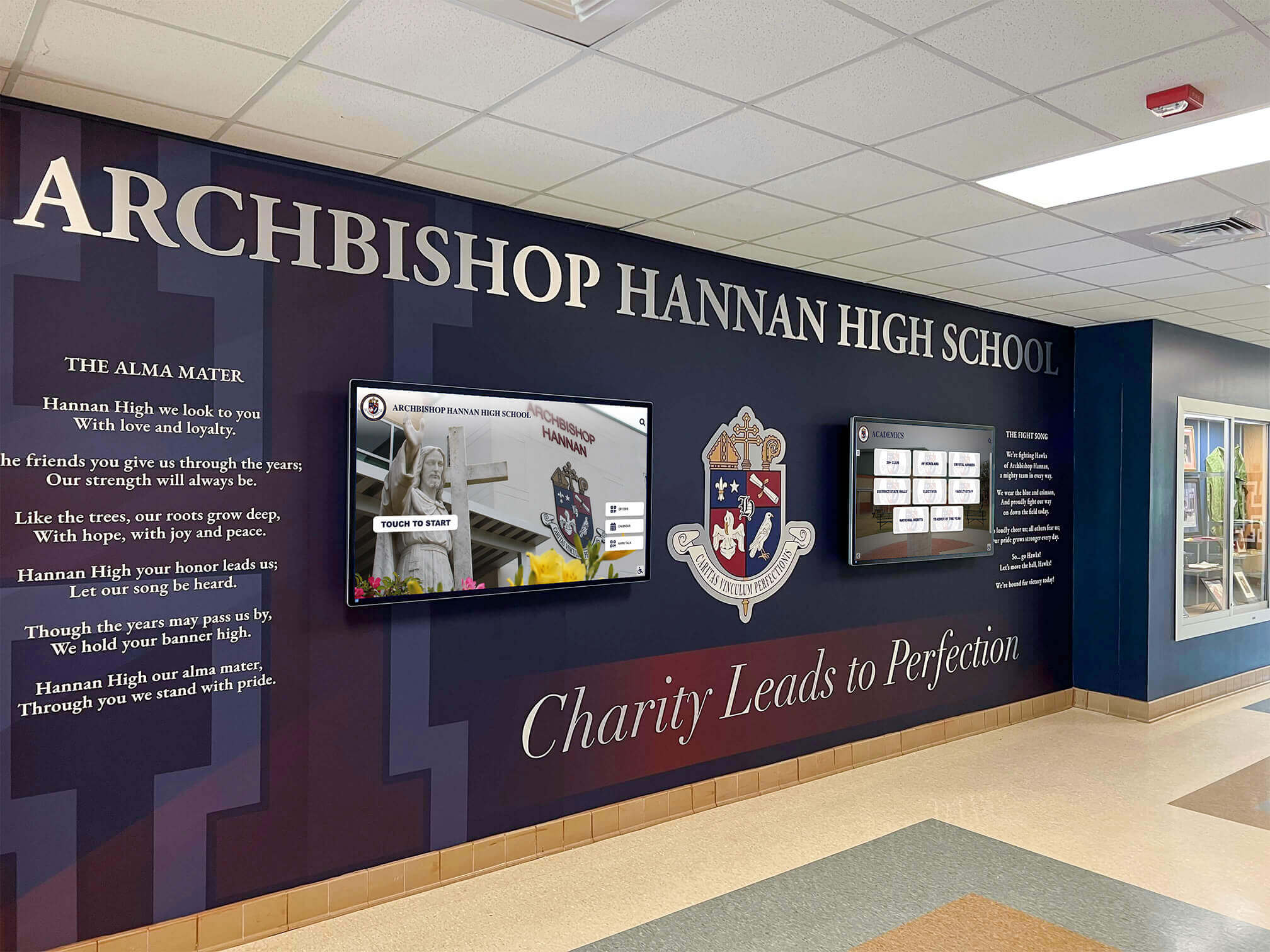
Enhancing Alumni Engagement
Accessible class photos strengthen alumni connections and support development efforts:
Alumni Relations Benefits:
- Alumni can easily find and share their school photos with classmates and family
- Reunion committees access photos for event planning and nostalgia
- Development offices use historical photos in fundraising communications
- Alumni association websites feature searchable photo archives
- Social media content generates engagement from multiple graduation cohorts
Research on alumni engagement shows that nostalgia and connection to school memories significantly influence giving behavior and ongoing institutional involvement. When alumni can easily access and share their class photos, they maintain stronger emotional bonds with their alma mater. Solutions like digital recognition displays help schools create accessible photo archives that drive ongoing engagement.
Supporting School Marketing and Communications
Organized photo archives become valuable marketing assets:
Marketing Applications:
- Recruitment materials showcasing diverse student body across years
- Website content featuring historical perspectives and school traditions
- Social media content celebrating “throwback” moments
- Publications and annual reports with compelling visual stories
- Anniversary celebrations and milestone commemorations
- Media relations providing quick access to relevant historical images
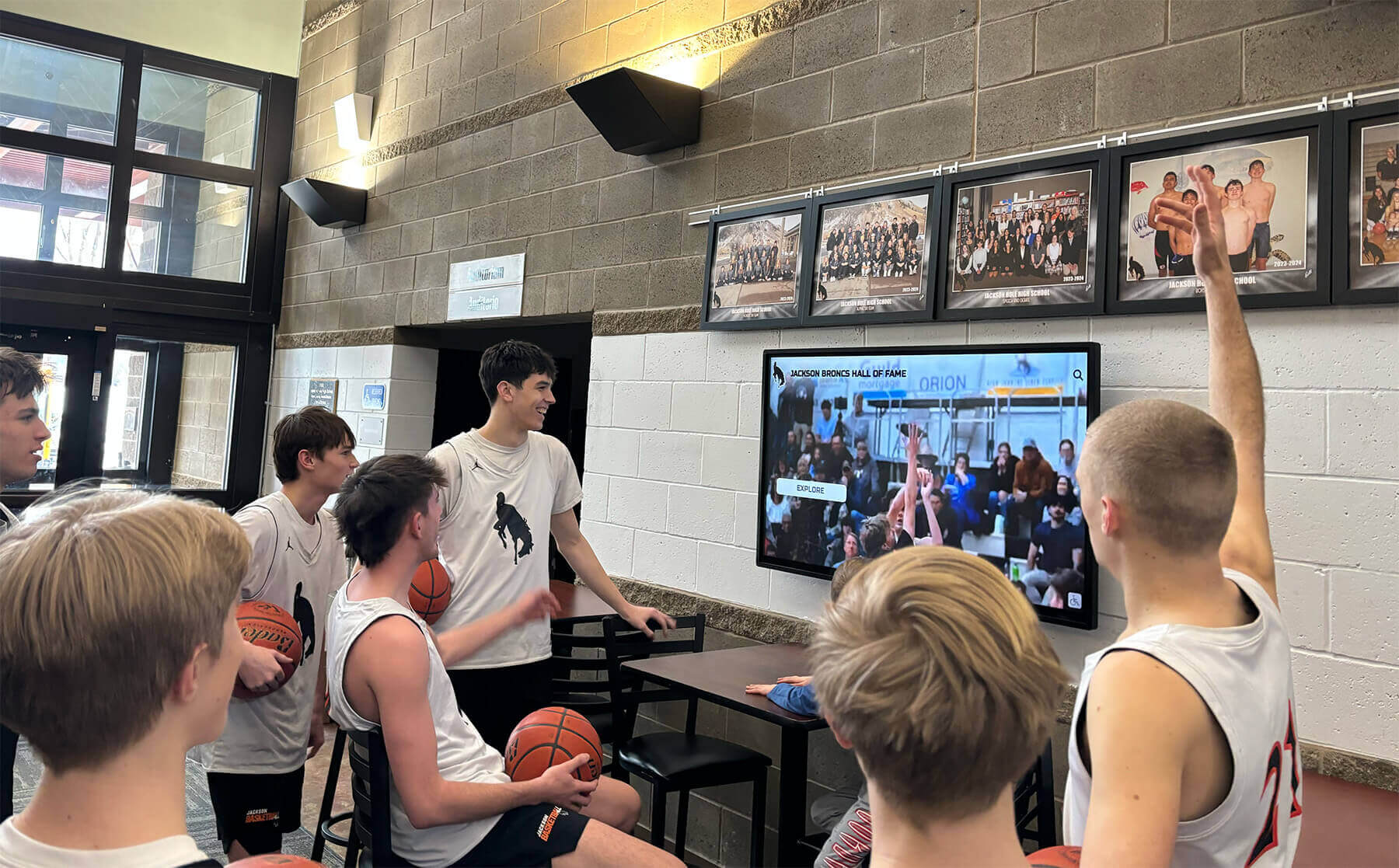
Communications departments report that having organized, readily accessible photo archives reduces time spent searching for images by 70-80%, allowing staff to focus on strategic communications rather than photo hunting.
Reducing Administrative Burden
Disorganized photos create recurring administrative headaches:
Efficiency Problems with Scattered Photos:
- Staff spend hours searching multiple locations for specific photos
- Duplicate files across multiple systems waste storage space
- Lack of metadata makes finding specific individuals or years difficult
- Multiple people request the same photos repeatedly
- No clear responsibility for photo preservation and organization
- Risk of losing photos when staff members leave or computers are replaced
Consolidation creates a single source of truth where authorized personnel can quickly locate needed images, and systems like digital asset management for schools provide structured approaches to long-term photo organization.
Assessing Your Current Photo Collection
Successful consolidation begins with understanding what you have and where it’s located.
Conducting a Photo Inventory
Systematically identify all photo sources across your institution:
Common Photo Storage Locations:
- Yearbook archives (published books and production files)
- Administrative office filing cabinets
- Athletic department trophy cases and storage areas
- Photography studio archives (if you have a school photographer)
- Individual teacher and staff computers and personal collections
- School server shared drives and outdated network folders
- Marketing and communications department files
- Alumni association archives
- Physical photo albums and scrapbooks
- Historical society or local library holdings (for older schools)
- Parent associations and booster club collections
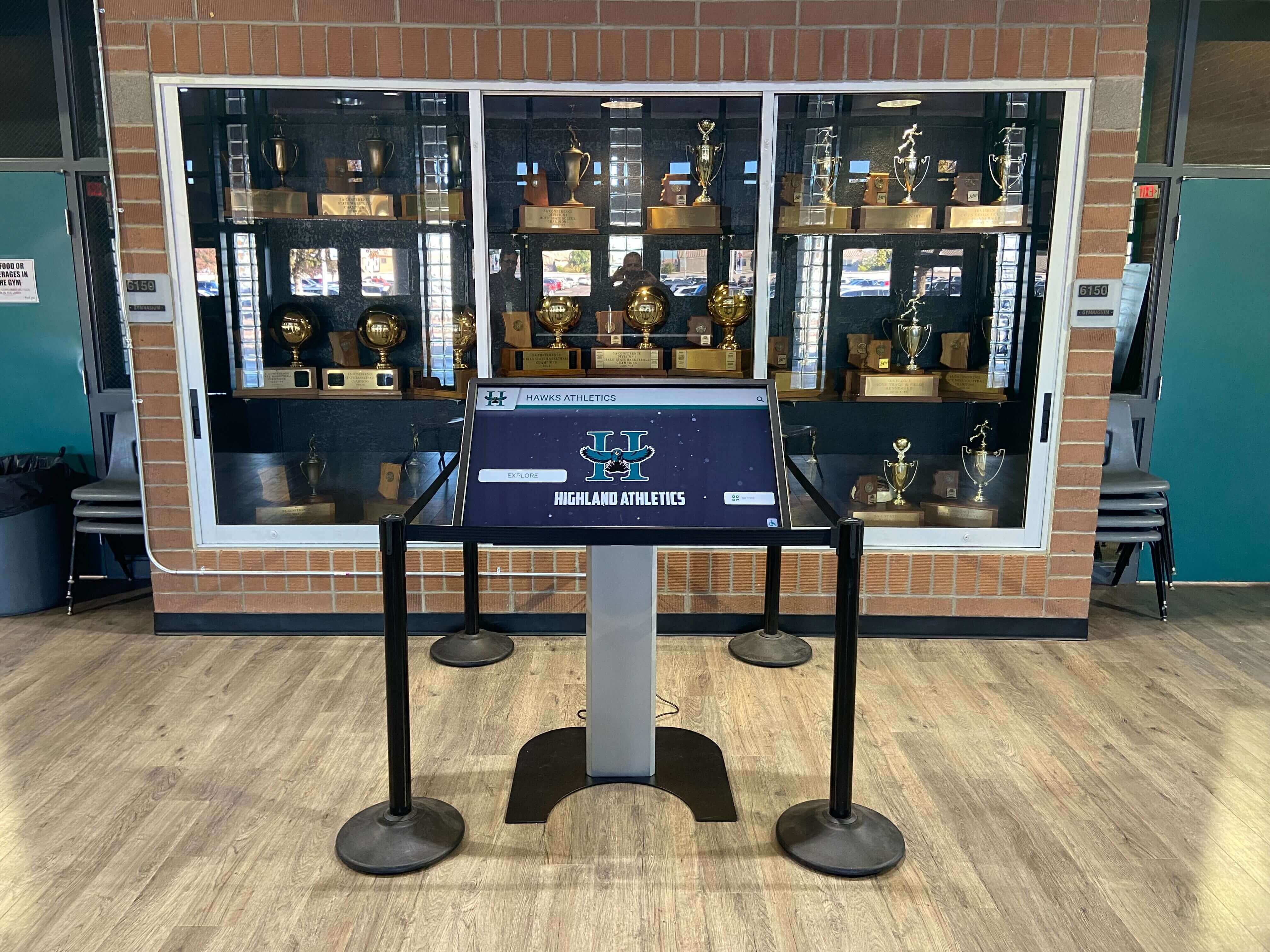
Create a spreadsheet documenting each photo source including location, approximate quantity, date range covered, physical vs. digital format, condition assessment, and current accessibility. This inventory reveals the scope of your consolidation project and helps prioritize which collections to tackle first.
Evaluating Photo Formats and Conditions
Different photo formats require different consolidation approaches:
Physical Photo Formats:
📸 Printed Photographs
Various sizes from wallet-sized to 8x10 portraits, requiring scanning with appropriate resolution settings
📰 Published Yearbooks
Complete yearbooks needing page-by-page digitization with OCR for searchability
🎞️ Negatives and Slides
Film negatives and slide transparencies requiring specialized scanning equipment
📔 Albums and Composites
Bound photo albums and class composites needing careful handling during digitization
Digital Photo Formats:
- High-resolution professional photographs from school photographers
- Digital yearbook production files in various formats (JPEG, TIFF, PSD, InDesign files)
- Event photography from staff and volunteers in mixed quality
- Student-submitted photos from social media and personal devices
- Scanned photos from previous partial digitization efforts
- Video footage containing still frame opportunities
Assess the physical condition of older materials. Photos showing fading, water damage, tears, or adhesive damage may require professional conservation before scanning. Prioritize digitizing materials in the worst condition to prevent further deterioration.
Identifying Privacy and Permission Considerations
Photo consolidation raises important privacy questions requiring clear policies:
Privacy Considerations:
- Student privacy under FERPA (Family Educational Rights and Privacy Act)
- Minor children’s image rights and parental consent requirements
- Graduated alumni appearing in historical photos
- Staff and faculty members who may no longer be affiliated with school
- Photos taken at events with mixed audiences (students, families, community)
- Social media sharing permissions vs. internal archive access
Consult with your school’s legal counsel to establish appropriate policies. Common approaches include restricting access to certain photos based on age (e.g., only photos over 25 years old publicly accessible), requiring authentication for photo access, obtaining blanket consent in enrollment agreements for current students, and establishing a removal request process for individuals who object to their images being displayed.
Choosing Photo Organization Technology and Systems
The right technology infrastructure makes long-term photo management sustainable rather than creating a new problem to solve in five years.
Digital Asset Management (DAM) Systems
Professional DAM solutions provide enterprise-grade photo organization:
Core DAM Capabilities:
Organization Features:
- Centralized storage with automatic backup and version control
- Hierarchical folder structures and custom taxonomies
- Powerful metadata tagging (keywords, dates, people, events, locations)
- Advanced search and filtering across the entire collection
- Facial recognition for automated person identification
- Batch processing for applying metadata to multiple photos
- Integration with other school systems (student information systems, websites)
Access and Security:
- Role-based permissions controlling who can view, edit, or download
- Usage tracking and audit trails
- Watermarking and copyright protection
- Public, authenticated, and restricted access tiers
- API access for displaying photos in other applications
- Mobile apps for on-the-go access
Enterprise DAM systems like Bynder, Brandfolder, or Widen are designed for organizations managing large media libraries. While powerful, they typically require significant investment and IT support. Many schools find these systems appropriate when consolidating photos is part of broader digital asset management including videos, marketing materials, and other media.
School-Specific Photo Management Solutions
Specialized platforms designed specifically for educational institutions offer streamlined workflows:
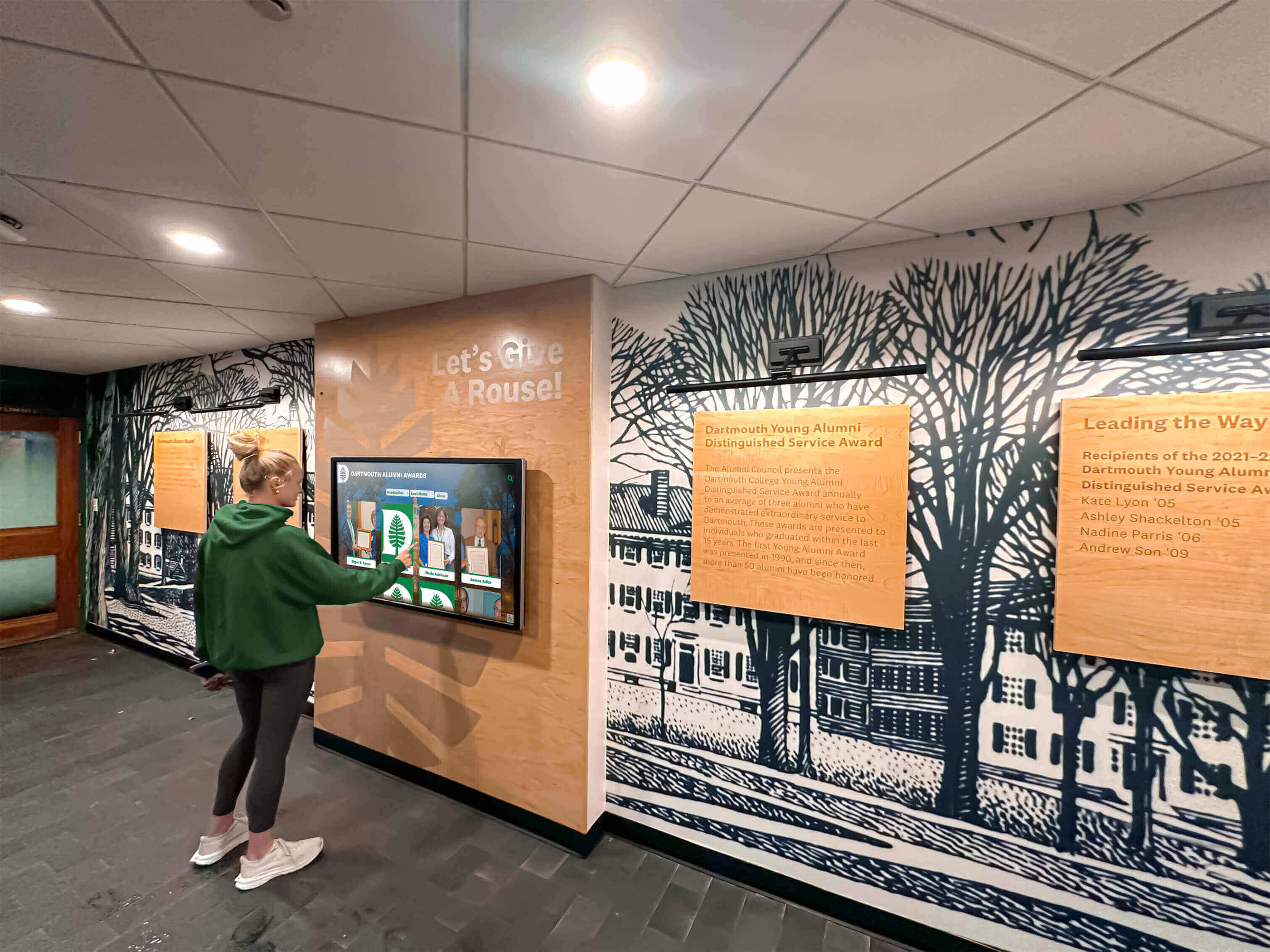
Platforms like those offered through Rocket Alumni Solutions provide schools with photo management specifically designed for alumni engagement and recognition. These systems combine photo organization with interactive displays that showcase photos throughout campus while maintaining centralized digital archives.
Education-Focused Features:
- Yearbook integration importing class photos automatically
- Alumni database connections linking photos to biographical information
- Public-facing display options for recognition and engagement
- Simple interfaces requiring no technical expertise
- Support specifically for educational use cases and workflows
- Affordable pricing scaled for educational institutions
Cloud Storage with Metadata Management
For schools with limited budgets, cloud storage platforms combined with systematic metadata practices offer functional consolidation:
Cloud Storage Approaches:
| Platform | Best For | Considerations |
|---|---|---|
| Google Drive for Education | Schools already using Google Workspace | Limited metadata capabilities, basic search, good for starting consolidation |
| Microsoft OneDrive/SharePoint | Microsoft 365 education users | Better metadata support than Drive, integration with Office applications |
| Dropbox Business | Simple file sharing needs | Strong sync, limited photo-specific features, moderate cost |
| Amazon S3 + Cataloging Tool | Large collections with technical staff | Inexpensive storage, requires additional tools for usability |
When using general cloud storage, establish strict naming conventions and folder structures since these platforms lack sophisticated photo-specific features. For example: [Year]/[Event or Category]/[Date]_[Description]_[Photographer].jpg provides basic organization through file names alone.
Considerations for Choosing Your System
Select technology based on your specific institutional context:
Decision Factors:
- Collection Size: Small collections (under 10,000 photos) can work with simpler systems; large collections benefit from enterprise solutions
- Technical Resources: Limited IT support favors turnkey solutions over systems requiring configuration
- Budget: Balance initial costs, annual fees, storage costs, and staff time requirements
- Use Cases: Primarily internal archiving vs. public engagement drives different feature priorities
- Integration Needs: Connecting with existing student information systems, websites, and alumni databases
- Growth Projection: System should accommodate decades of future photo additions
Most schools benefit from starting with a functional system quickly rather than endless planning for the perfect solution. You can migrate to more sophisticated systems later as needs evolve.
Digitizing Physical Photo Collections
Converting physical photos to digital files is often the most labor-intensive phase of consolidation.
Setting Appropriate Scanning Specifications
Resolution Standards:
- Archival Master Copies: 600 DPI minimum for preservation-quality scans creating future-proof archives
- Standard Portraits: 300-400 DPI for typical printed photographs providing good quality for most uses
- Yearbook Pages: 300 DPI with OCR processing enabling text searchability
- Large Format Photos: 300-400 DPI maintaining proportional quality
- Negatives and Slides: 2400-4000 DPI capturing maximum detail from film originals
Higher resolutions create larger file sizes requiring more storage. Balance quality with practical storage limitations and intended uses. Scanning at 600 DPI creates archival masters you can down-sample for specific uses while preserving maximum quality for future needs.
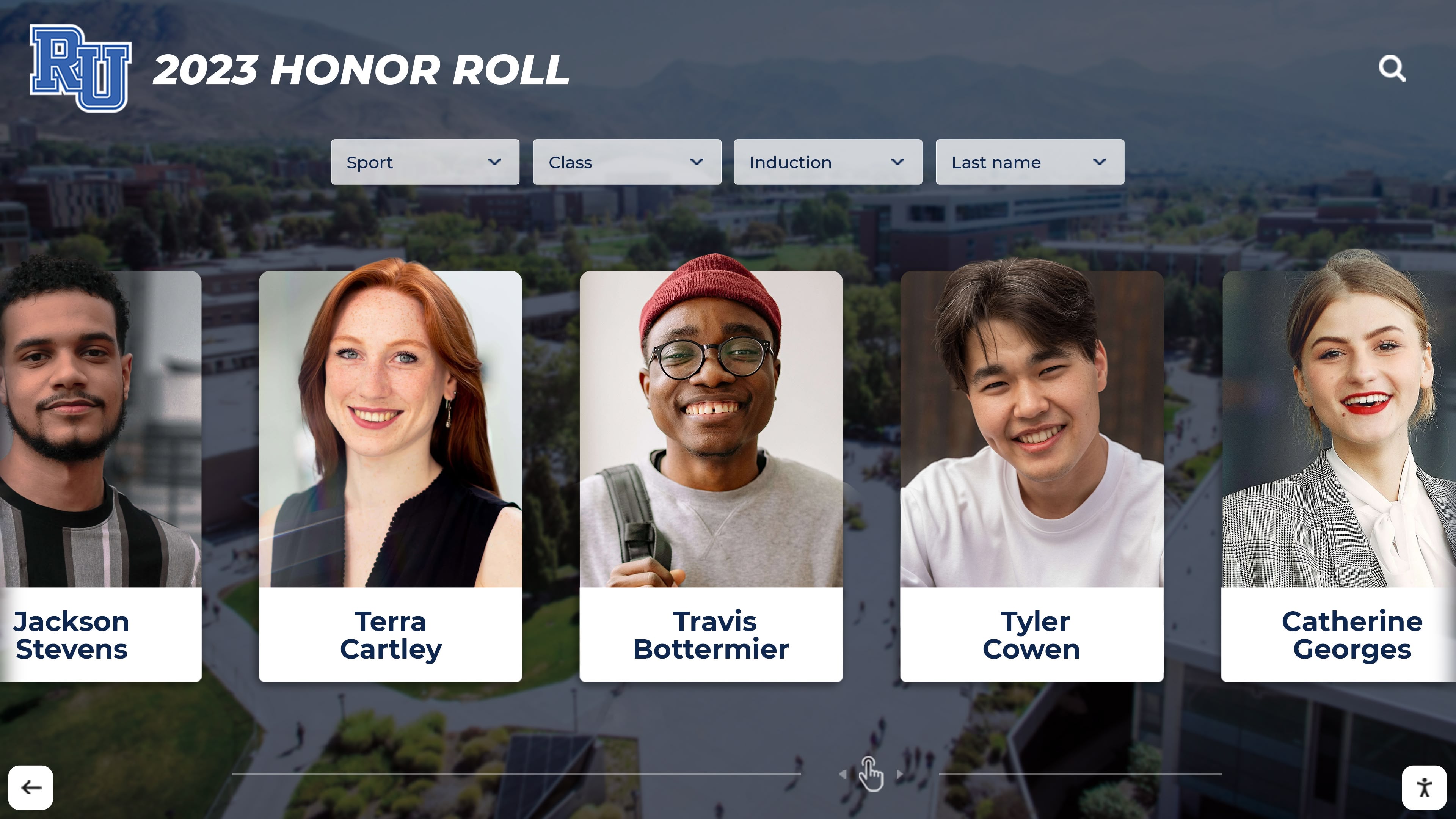
File Format Decisions:
- TIFF: Uncompressed archival format preserving maximum quality, very large files
- JPEG (High Quality): Compressed format balancing quality and file size, industry standard
- PNG: Lossless compression, good for images with text or graphics
- RAW (if available): Original scanner output preserving all captured data
Many institutions create archival TIFF masters stored separately while using high-quality JPEGs (95-100% quality) for daily access and display.
Scanning Workflow Options
Choose an approach matching your resources and timeline:
In-House Scanning:
Advantages:
- Complete control over process and quality
- No shipping of irreplaceable originals
- Flexible timing fitting staff availability
- Lower cost for large collections if labor is available
Requirements:
- Quality flatbed scanner (Epson Perfection or similar)
- Dedicated workspace for organizing materials
- Staff time or volunteers for labor-intensive work
- Photo editing software for basic corrections
- Backup storage as files are created
In-house scanning typically processes 50-100 photos per hour depending on resolution, photo condition, and required corrections. For collections of thousands of photos, calculate realistic time requirements before committing to this approach.
Professional Scanning Services:
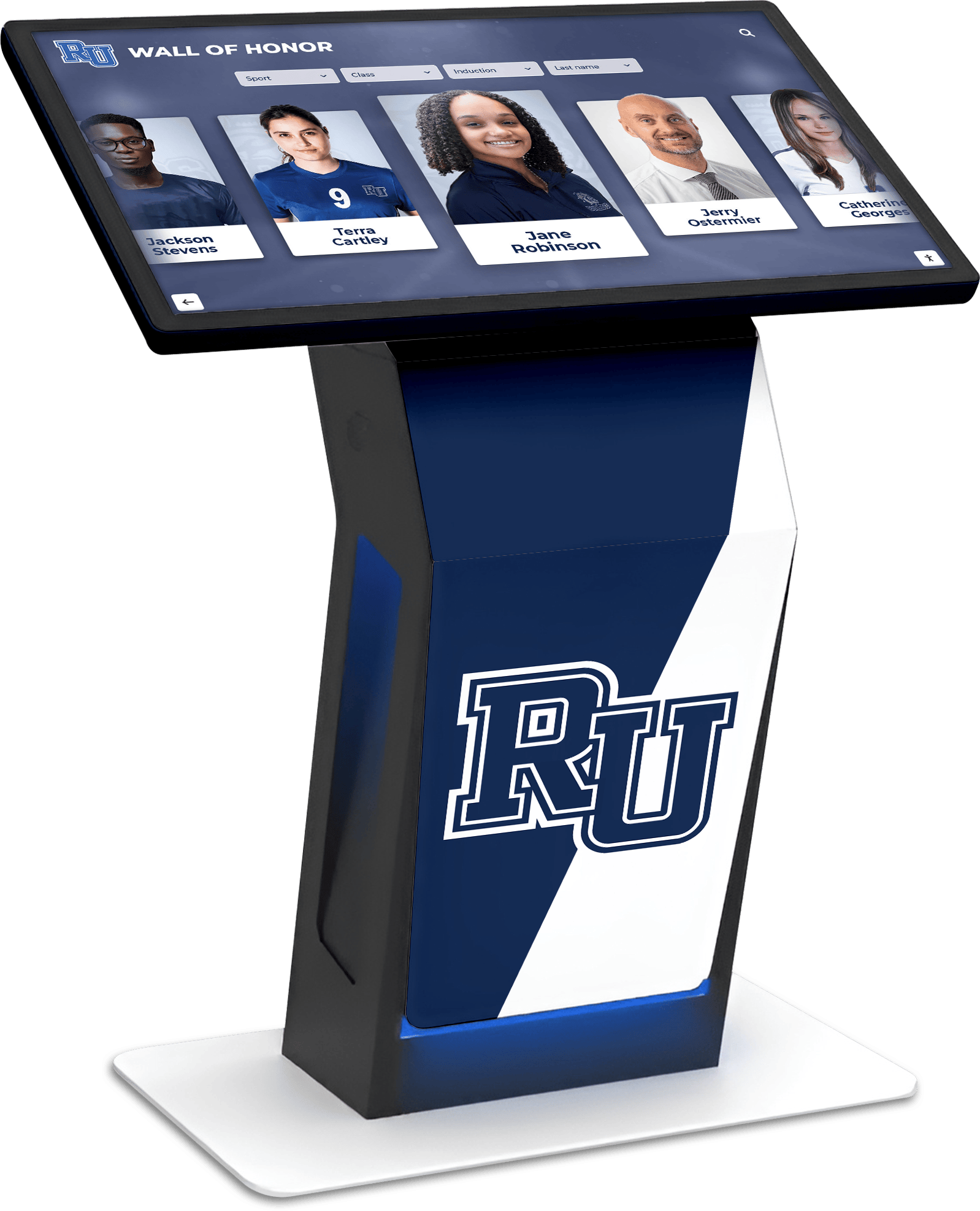
Professional services specialize in high-volume photo digitization with quality equipment and experienced technicians. Services like ScanMyPhotos, Memories Renewed, or local photography studios offer various service levels.
Service Options:
- Mail-in Services: Ship photos for scanning, typically $0.30-$0.50 per image
- On-site Services: Technicians come to your location with equipment
- Equipment Rental: Rent professional scanners for self-service digitization
- Yearbook Specialists: Services specifically digitizing bound yearbooks
When selecting professional services, request sample scans before committing to large projects, verify insurance for materials in transit or their possession, establish clear timelines and delivery expectations, confirm digital rights to all scanned images, and understand metadata and file naming practices.
Quality Control and Image Enhancement
Raw scans often require corrections and improvements:
Basic Corrections:
- Rotation and Straightening: Ensuring photos are properly oriented
- Cropping: Removing scanner bed edges and excess background
- Color Correction: Adjusting faded colors or color casts from aging
- Dust and Scratch Removal: Cleaning up imperfections
- Contrast and Brightness: Enhancing readability and visual appeal
Many photo management systems include basic editing tools. For large collections, batch processing applies standard corrections to many images simultaneously. Software like Adobe Lightroom, IrfanView, or FastStone Image Viewer enables efficient batch processing.
Set consistent standards for corrections. Over-editing can create unnatural-looking photos, while minimal correction leaves preventable quality issues. Document your correction standards so multiple people working on the project maintain consistency.
Implementing Effective Metadata and Organization
Metadata transforms a pile of digital photos into a searchable, usable archive.
Essential Metadata Fields for Class Photos
Comprehensive metadata enables powerful searching and filtering:
Core Identification Fields:
- Year/Date: Academic year, graduation year, or specific photo date
- Class/Grade Level: Graduating class, specific grade for non-graduates
- Names: Individual students, staff, or groups pictured (when known and permitted)
- Location: Building, specific room, campus location, or off-campus venue
- Photographer: Credit for photo creator
- Copyright/Rights: Usage permissions and restrictions
Descriptive and Contextual Fields:
- Event Type: Formal portrait, candid, sports, club activity, special event
- Subject/Theme: Academic, athletic, social, ceremonial, etc.
- Keywords: Searchable terms describing photo content
- Description: Narrative context about the photo or event
- Source: Original source of photo (yearbook, staff collection, donation, etc.)
- Technical Info: Resolution, file format, scan date
The more comprehensive your metadata, the more useful your archive becomes. However, complete metadata for every photo is time-consuming. Prioritize metadata based on importance—year and general category minimum, with additional detail for significant photos.
Metadata Input Strategies
Efficiently adding metadata to thousands of photos requires systematic approaches:
Batch Application
Apply common metadata to groups of related photos simultaneously rather than individually
Graduated Detail
Basic metadata for all photos, detailed metadata for most significant or frequently requested images
Crowdsourced Identification
Engage alumni and retired staff to identify people and provide context for historical photos
Facial Recognition
Use AI-powered tools to identify recurring individuals across photo collections
Incremental Enhancement
Start with minimal metadata, enhance over time as resources permit
Student Projects
Engage student workers, service learning, or class projects for metadata entry
Organizational Structures and Taxonomy
Logical organization enables intuitive navigation:
Hierarchical Organization Approaches:
Chronological Organization:
/Class Photos/
/1950s/
/1950-1951/
/1951-1952/
/1960s/
/1960-1961/
Category-Based Organization:
/Photos/
/Formal Class Portraits/
/Graduating Classes/
/Underclass Portraits/
/Athletic Teams/
/Academic Events/
/Student Activities/
Hybrid Organization:
/Photos/
/Chronological Archive/
/By Decade/By Year/
/Curated Collections/
/Athletics/
/Arts Programs/
/Notable Alumni/
Most schools find hybrid approaches work best—systematic chronological organization for comprehensive archives, with curated collections highlighting significant themes for easier access to frequently requested photo types. This is similar to how digital yearbook archives organize content for maximum accessibility.
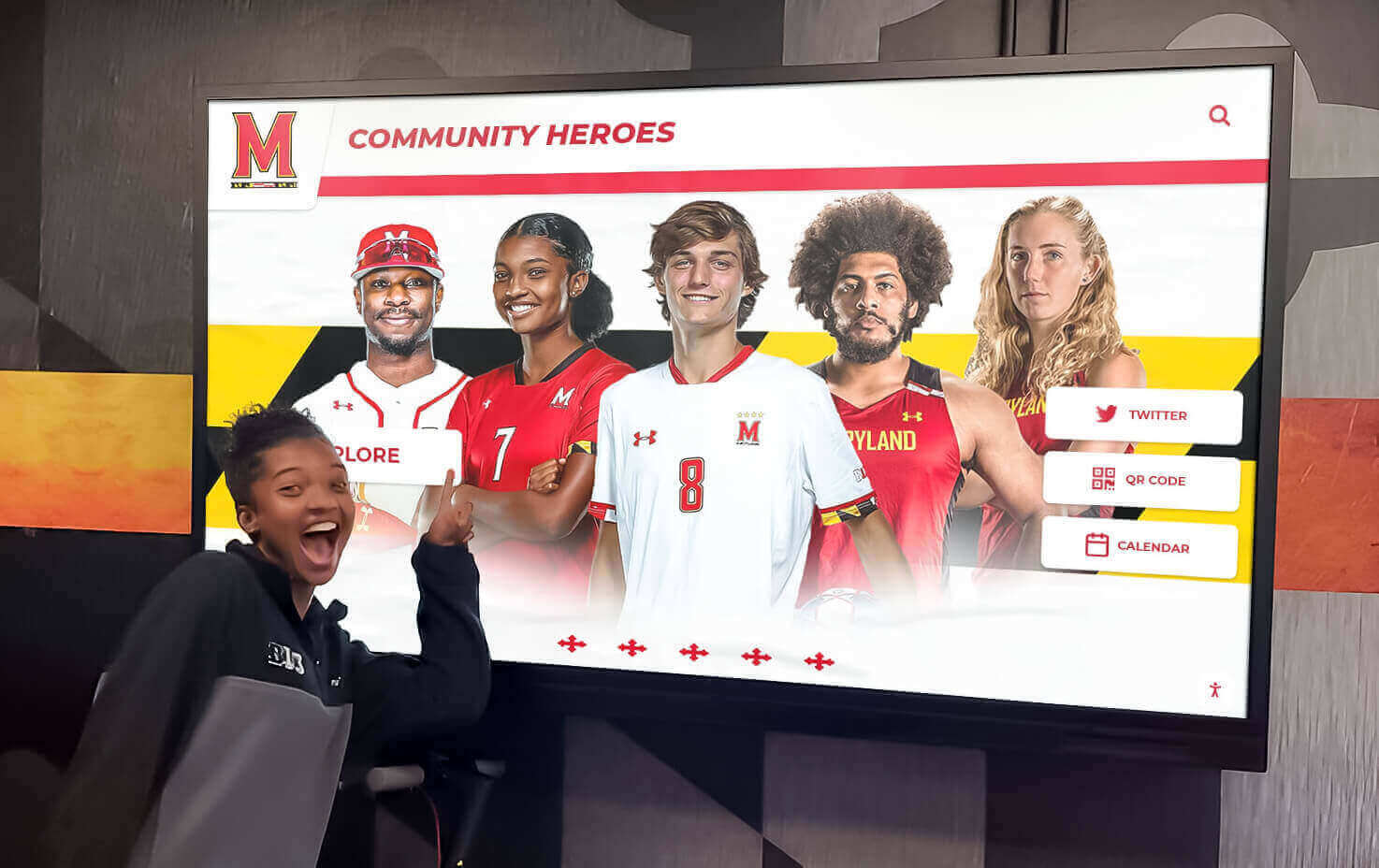
Making Photos Accessible to Your Community
Consolidating photos is only valuable if people can find and use them.
Internal Access for Staff and Administrators
Create efficient workflows for staff who regularly need photo access:
Access Tier Design:
- Full Administrative Access: Marketing, communications, advancement staff with edit and download rights
- View and Download: Teachers, counselors, coaches accessing photos for specific purposes
- Restricted Access: Limited viewing of sensitive or embargoed photos
- Public Access: Alumni and community members viewing designated photos
Implement simple request processes for common uses. Rather than requiring staff to search the archive themselves, consider having communications personnel fulfill photo requests, maintaining quality control while reducing time staff spend searching.
Alumni and Family Access
Accessible photo archives strengthen alumni engagement and provide valuable services to graduates and families:
Access Mechanisms:
- Searchable Online Galleries: Web-based interfaces allowing searches by year, name, or keyword
- Alumni Association Integration: Photo access as alumni membership benefit
- Social Media Sharing: Easy sharing to Facebook, LinkedIn, and other platforms
- Print Services: Options for ordering prints or digital downloads
- Mobile Applications: Smartphone access to photo collections
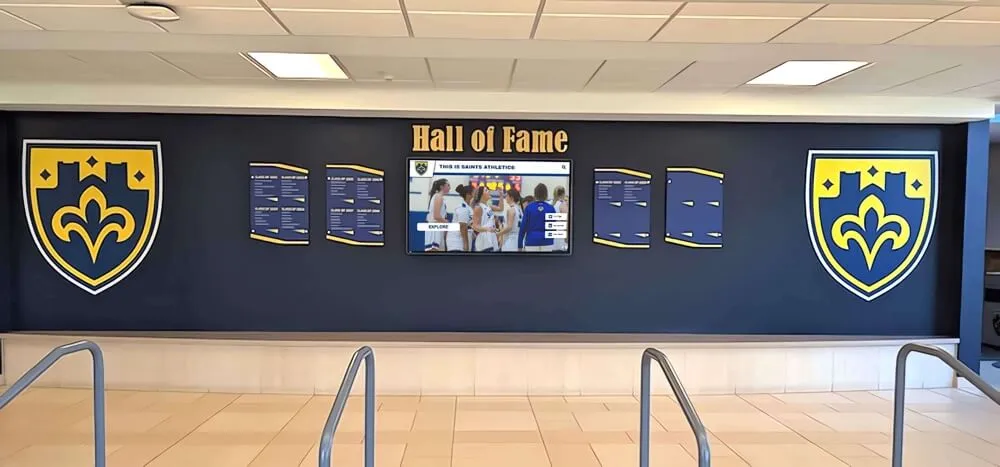
Authentication ensures appropriate access control while enabling convenient searching for verified alumni. Simple email verification or graduation year confirmation provides basic security for photos appropriate for public viewing. More sophisticated platforms integrate with alumni recognition systems to create comprehensive digital engagement tools.
Physical Display Integration
Digital photo consolidation enables dynamic physical displays throughout campus:
Display Applications:
- Lobby Screens: Rotating displays of historical and contemporary photos
- Athletic Facilities: Team photos and championship celebrations
- Academic Buildings: Department history and notable alumni
- Alumni Centers: Searchable kiosks allowing visitors to explore photo archives
- Special Event Displays: Reunion-specific photo displays featuring relevant classes
Interactive touchscreen displays like those from Rocket Alumni Solutions allow visitors to explore your entire photo collection through engaging, user-friendly interfaces. These systems transform photo archives from behind-the-scenes administrative tools into visible assets strengthening institutional culture and alumni connection.
Marketing and Communications Use
Organized photo archives dramatically improve communications efficiency:
Strategic Communications Applications:
- Website Content: Historical photos enhancing about pages and history sections
- Social Media Programming: “Throwback Thursday” and anniversary content
- Publications: Annual reports, alumni magazines, newsletters
- Recruitment Materials: Showcasing diverse student experiences across decades
- Media Relations: Quick response to media requests for photos
- Donor Recognition: Including donor photos in stewardship communications
Create simple processes for communications staff to mark frequently used photos, making it easy to return to effective images for recurring needs. Tag photos by communication purpose (recruitment, fundraising, media, etc.) enabling filtering by intended use.
Maintaining Your Consolidated Photo Collection
Initial consolidation is only the beginning—sustainable systems require ongoing maintenance.
Establishing Ongoing Collection Procedures

Prevent future chaos by establishing clear procedures for adding new photos:
Annual Collection Workflows:
- Formal Class Photos: Automatic import from school photographer
- Yearbook Production: Import final yearbook files upon publication
- Event Photography: Designated staff submit photos after major events
- Athletic Seasons: Coach or athletic director submits team photos
- Staff Photos: Annual collection of faculty and staff portraits
Assign clear responsibility for photo collection and organization. Without designated ownership, photo management reverts to scattered storage across multiple systems. Common approaches include assigning responsibility to communications staff, creating a photo coordinator role, or distributing responsibility by department with central coordination.
Storage and Backup Strategies
Protect your consolidated collection from loss or damage:
Comprehensive Backup Approach:
Primary Storage
- Cloud-based DAM or photo management system as working archive
- Fast access for daily operations
- Automatic versioning and change tracking
- Role-based access control
Backup Copies
- Second cloud service backup (different provider)
- Local network backup for fast recovery
- External hard drive archive for catastrophic recovery
- Geographic distribution preventing regional disasters
Follow the 3-2-1 backup rule: three copies of data, on two different media types, with one copy off-site. For irreplaceable historical photos, even more redundancy provides additional peace of mind.
Regular Maintenance Tasks
Schedule recurring maintenance preventing quality degradation:
Monthly Maintenance:
- Review newly added photos for quality and metadata completeness
- Address photo requests and missing photo reports
- Monitor storage capacity and system performance
- Update featured or rotating displays with fresh content
Annual Maintenance:
- Comprehensive metadata audit improving searchability
- Remove duplicates and low-quality images
- Verify all backups and test recovery procedures
- Review access logs identifying popular content and search patterns
- Solicit feedback from users about gaps or needed improvements
Quality Control and Standards
Maintain consistent quality through clear standards:
Quality Guidelines:
- Minimum resolution standards for accepting photos
- Acceptable file formats and compression levels
- Required vs. optional metadata fields
- Naming convention enforcement
- Organization structure consistency
- Approval workflows for public-facing photos
Document these standards and train all staff involved in photo management. Inconsistent practices by different people create organizational chaos requiring later cleanup efforts.
Measuring Success and Continuous Improvement
Evaluate your consolidation project’s impact to demonstrate value and guide improvements:
Quantitative Metrics
📊 Collection Metrics
Total photos digitized and accessible, percentage of physical collection converted, metadata completeness rates
👥 Usage Metrics
Photo views, searches performed, downloads, sharing activity, unique users accessing system
⏱️ Efficiency Gains
Time saved locating photos compared to pre-consolidation, staff hours required for ongoing maintenance
💬 Engagement Impact
Alumni database growth, increased giving following photo access, reunion attendance, social media reach
Qualitative Feedback
Gather stakeholder perspectives on photo archive value:
Stakeholder Input:
- Staff: Time savings, ease of finding photos, gaps in collection
- Alumni: Satisfaction with photo access, desired features, found memories
- Marketing Team: Quality and quantity of usable photos, workflow improvements
- Reunion Committees: Value for event planning and attendee engagement
- Leadership: Strategic value for development and communications objectives
Regular feedback reveals priorities for continuous improvement and helps justify ongoing resource allocation for photo management.
Common Challenges and Solutions
Anticipate obstacles and prepare appropriate responses:
Challenge: Overwhelming Volume
Problem: Decades of accumulated photos make starting feel impossible.
Solutions:
- Start with highest-value collections (recent decades, formal portraits)
- Set realistic goals for phased implementation over multiple years
- Celebrate milestones to maintain momentum
- Consider professional services for high-volume digitization
- Accept that complete perfection is unnecessary—functional accessibility is the goal
Challenge: Limited Resources
Problem: Budget and staff time constraints limit what’s possible.
Solutions:
- Seek grant funding specifically for archival digitization projects
- Engage alumni volunteers with relevant expertise
- Create student internships or service learning projects
- Phase implementation matching available resources
- Start with simpler systems, upgrading as resources permit
Challenge: Privacy and Permission Concerns
Problem: Uncertainty about rights to display or share certain photos.
Solutions:
- Develop clear policies with legal counsel input
- Implement access tiers restricting sensitive content
- Create removal request processes for objecting individuals
- Focus on photos where rights are clear (yearbooks, formal portraits)
- Obtain prospective permissions for current students
Challenge: Technical Expertise Gaps
Problem: Staff lack technical knowledge for photo management systems.
Solutions:
- Choose user-friendly systems designed for non-technical users
- Invest in professional training for key staff
- Partner with IT department for technical support
- Start with simpler approaches, adding sophistication gradually
- Consider turnkey solutions like Rocket Alumni Solutions providing comprehensive support
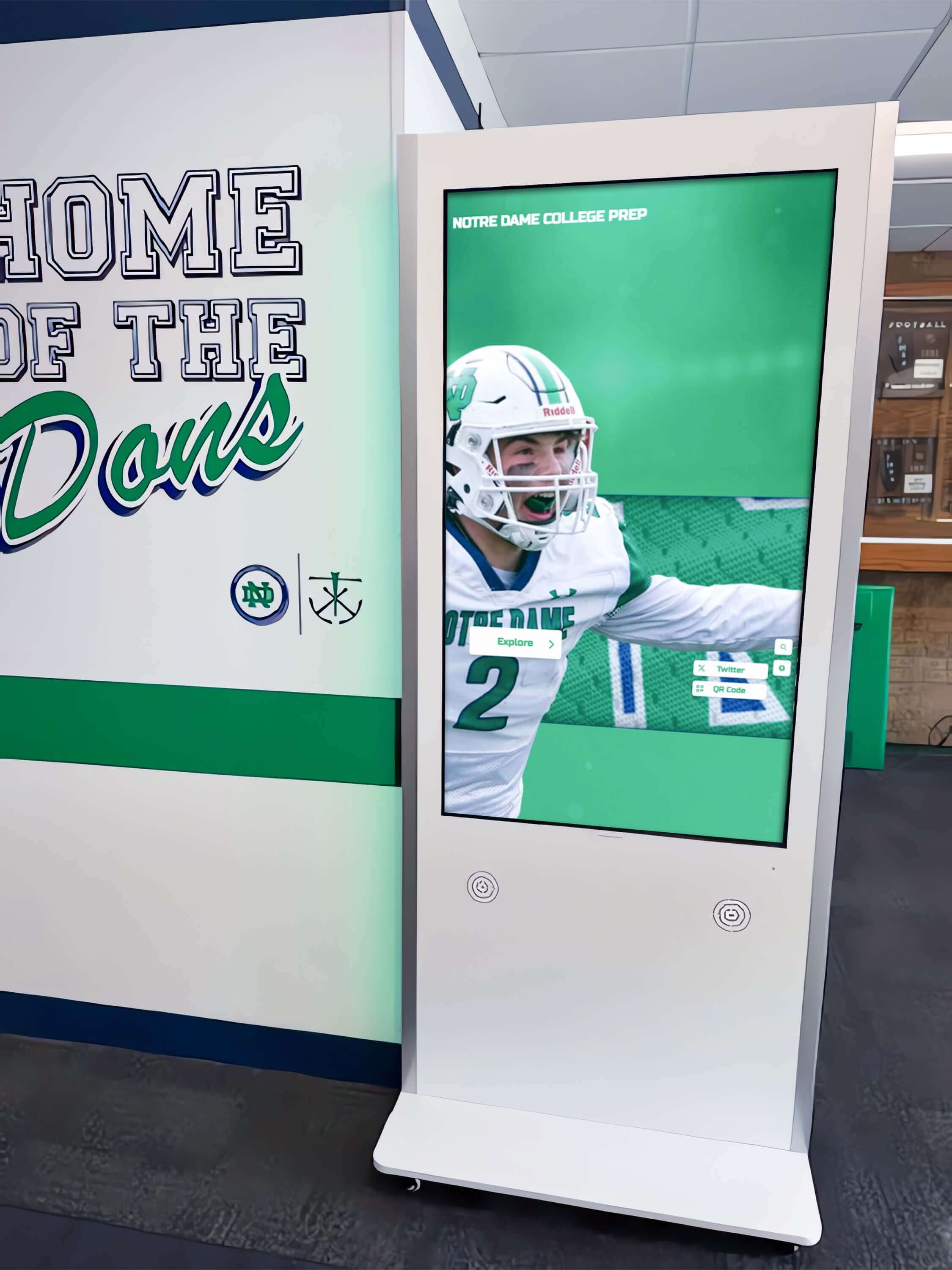
Conclusion: From Chaos to Organized, Accessible Memories
Consolidating class photos transforms scattered, inaccessible images into organized digital archives serving your entire school community. While the initial effort requires significant investment of time and resources, the long-term benefits—preserved institutional history, enhanced alumni engagement, marketing efficiency, and administrative time savings—justify the project many times over.
Successful photo consolidation requires systematic approaches addressing digitization quality, comprehensive metadata, appropriate technology selection, sustainable workflows, and community access. By following the strategies outlined in this guide, schools of any size can create photo archives that preserve the past while actively supporting present-day communications and future alumni relations.
The most effective approach starts with realistic assessment of your current collection, establishes clear goals based on your community’s needs, implements technology appropriate to your resources and technical capacity, and creates sustainable processes ensuring ongoing organization rather than one-time cleanup.
Whether you’re preserving a century of institutional history or organizing the past decade’s digital photos, consolidated photo collections strengthen school culture, support institutional advancement, and honor the thousands of students who have walked your halls. Start where you are with resources you have, and build systematically toward comprehensive photo archives serving your community for decades to come.
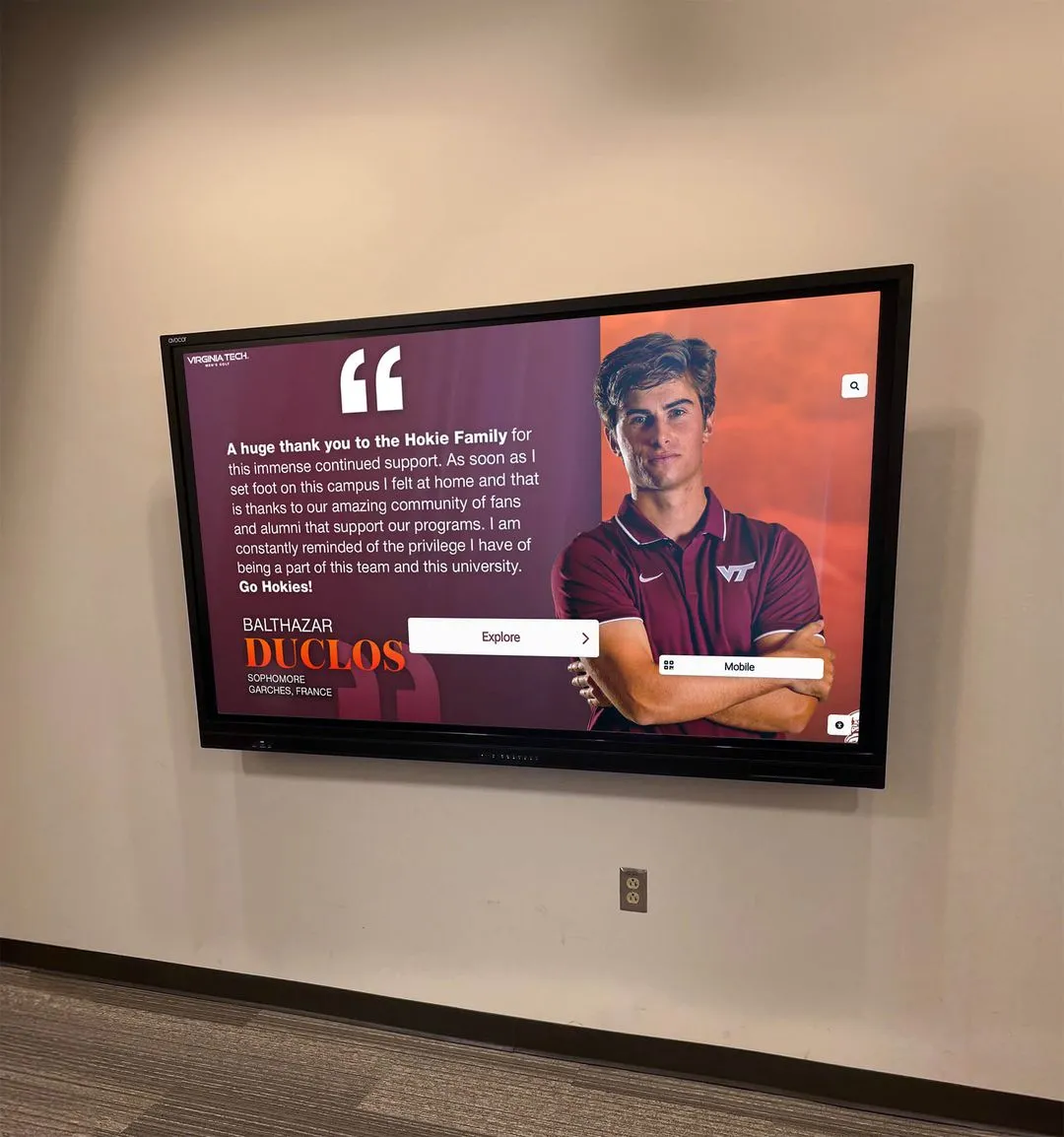
Ready to transform your scattered class photos into an organized, accessible digital archive? Modern digital recognition platforms combine comprehensive photo management with engaging display capabilities that bring your school’s visual history to life. By consolidating class photos today, you create resources that serve alumni, support communications, preserve history, and strengthen community for generations ahead.
